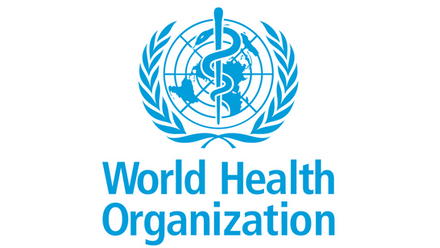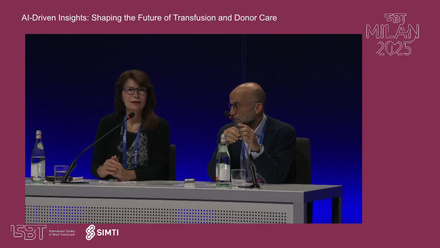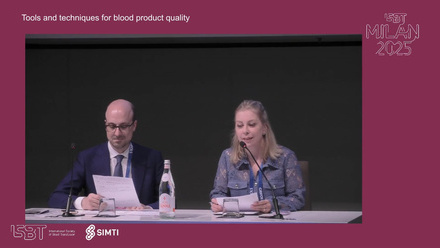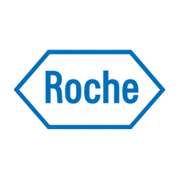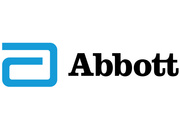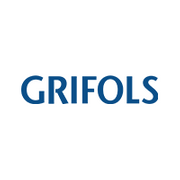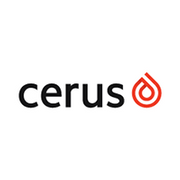Preface
World Health Assembly resolution WHA63.12: Availability, safety and quality of blood products recognized the need for Member States to take all the steps necessary to establish, implement and support nationally coordinated, efficiently managed and sustainable blood and plasma programmes according to the availability of resources, with the aim of achieving self-sufficiency. Furthermore, the resolution also urges Member States to establish and implement good manufacturing practices for the processing of whole blood and blood components, and for the production of plasma-derived medicinal products, including the use of diagnostic devices to prevent transfusiontransmissible diseases with the highest sensitivity and specificity; and appropriate regulatory control, as well as to build human resource capacity through the provision of initial and continuing training of staff to ensure quality blood services and blood products.
The safety and adequacy of the supply of blood and blood products are dependent on government commitment and support to the development of national blood transfusion services, either government managed or delegated to a non-profit organization such as the national Red Cross or Red Crescent Society or a voluntary blood donor organization. Globally, blood transfusion services are facing ever-increasing demands to ensure quality standards to prevent harm either to blood donors or to the recipients of blood and blood products. In WHO Member States, many health authorities have provision for a safe blood supply as a priority strategy in their national health plans. However, blood establishments, hospital transfusion services and plasma collection centres may have limited ability to collect or review information relating to capital and recurrent costs. Without the collection of cost data and cost analysis, these facilities cannot provide governments and funding agencies with the financial information required to develop and maintain sustainable national blood programmes.
Thus, accurate budgets cannot be provided, whether through budgetary allocation, a cost recovery system or a combination of the two. However, with clear and concise costing tools cost analysis and cost management can be put into practice. The WHO model for costing of blood products provides a costing tool that is designed to be simple, practical and comprehensive.



